'Rules' for placing stones
clarep
16 years ago
Related Stories
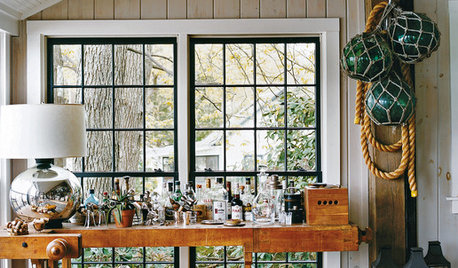
DECORATING STYLESThe Comfy Lake House Rule Book
Bunk up and get the s'mores supplies ready for some old-school lake camp weekending
Full Story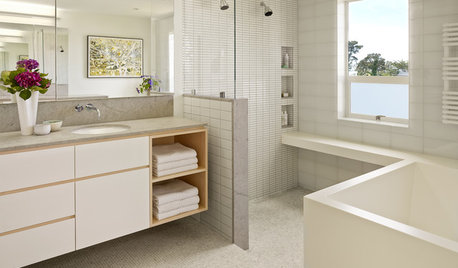
BATHROOM DESIGNRoom of the Day: Geometry Rules in a Modern Master Bathroom
Careful planning pays off in this clean-lined bathroom with his-and-her vanities, a semiopen shower and a soaking tub
Full Story
DECORATING GUIDESDitch the Rules but Keep Some Tools
Be fearless, but follow some basic decorating strategies to achieve the best results
Full Story
TASTEMAKERSAsk an Expert: What Is the One Design Rule You Live By?
Eight home experts share their top design rules
Full Story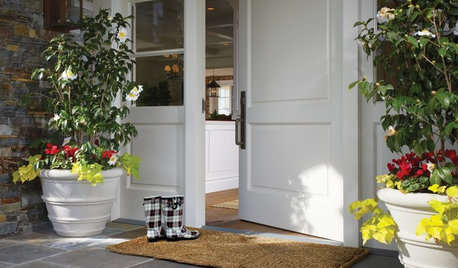
MOST POPULARThe Polite House: On ‘No Shoes’ Rules and Breaking Up With Contractors
Emily Post’s great-great-granddaughter gives us advice on no-shoes policies and how to graciously decline a contractor’s bid
Full Story
DECORATING GUIDESFeel Free to Break Some Decorating Rules
Ditch the dogma about color, style and matching, and watch your rooms come alive
Full Story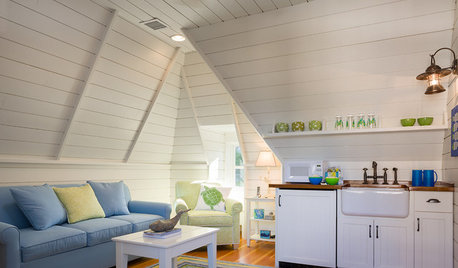
LIFEThe Polite House: How to Set Rules for Adult Children Living at Home
Here are 3 important conversations to have, and the language that will help you succeed
Full Story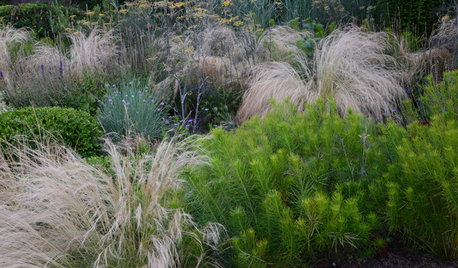
GARDENING GUIDES4 Ways to Break the Rules in Your Garden
For a more creative landscape design, take a different approach to planting
Full Story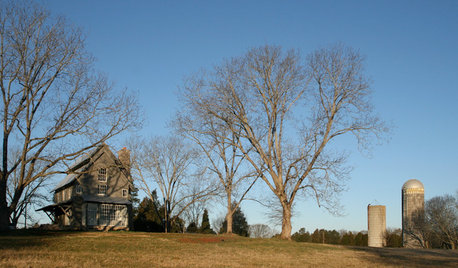
HOUZZ TOURSHouzz Tour: Relaxation Rules in a Rural Weekend Getaway
Straightforward materials and simple architectural forms provide a comfortable farmhouse-style escape from the city
Full Story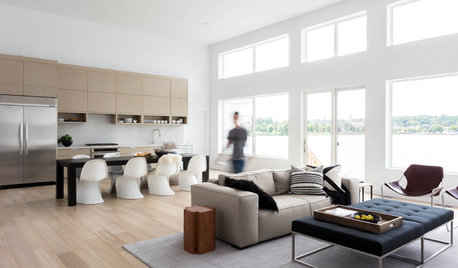
CONTEMPORARY HOMESHouzz Tour: Simplicity Rules in a Canadian Lake House
Textural and color contrasts add warmth to light and bright minimalist spaces
Full StorySponsored






gardesignr
Related Professionals
Leawood Landscape Architects & Landscape Designers · Canton Landscape Contractors · Clearlake Landscape Contractors · Dixon Landscape Contractors · Fairhope Landscape Contractors · North Highlands Landscape Contractors · West Orange Landscape Contractors · Cave Spring Decks, Patios & Outdoor Enclosures · Shorewood Decks, Patios & Outdoor Enclosures · Chicago Decks, Patios & Outdoor Enclosures · Framingham Decks, Patios & Outdoor Enclosures · Lincolnton Decks, Patios & Outdoor Enclosures · New York City Decks, Patios & Outdoor Enclosures · St John's Kirk Decks, Patios & Outdoor Enclosures · Wheaton Decks, Patios & Outdoor Enclosures